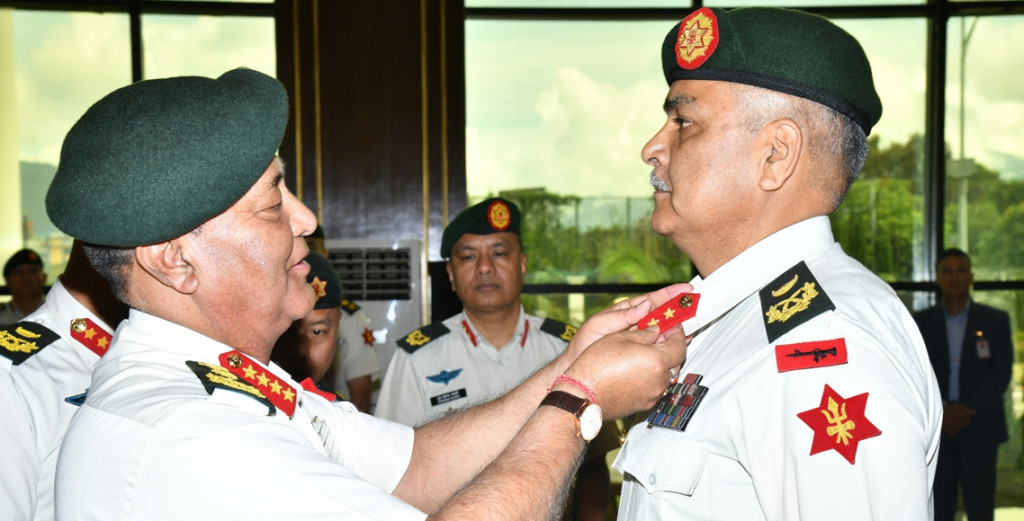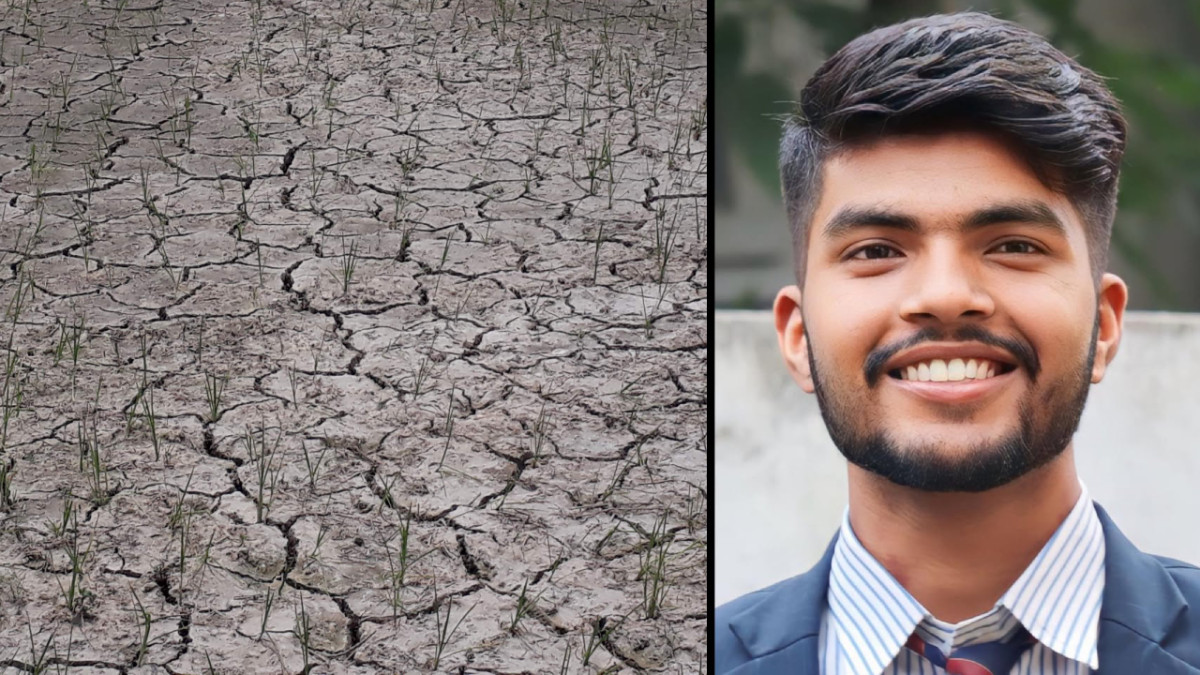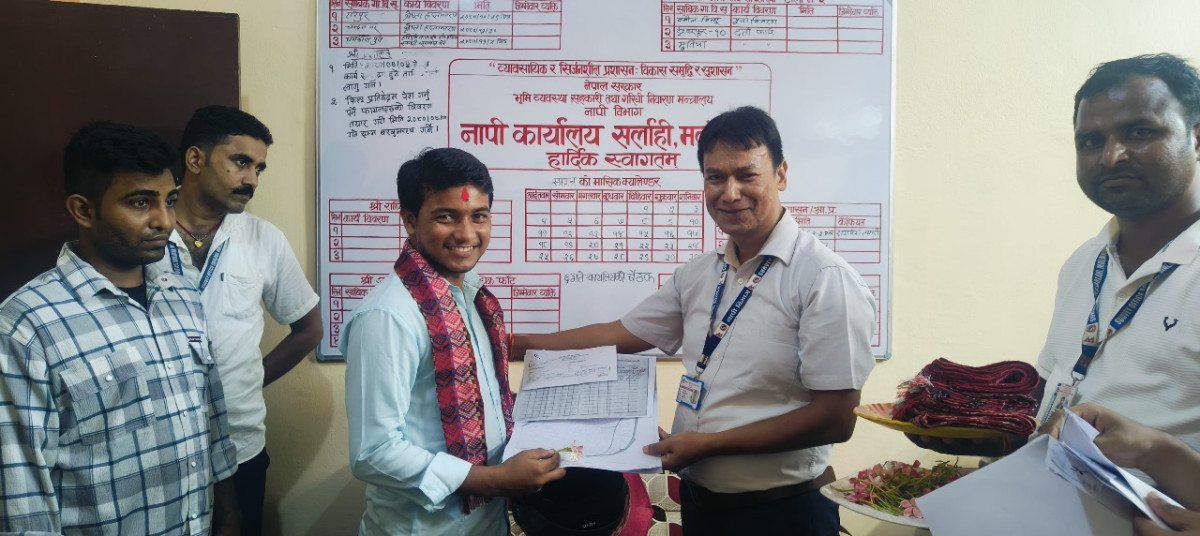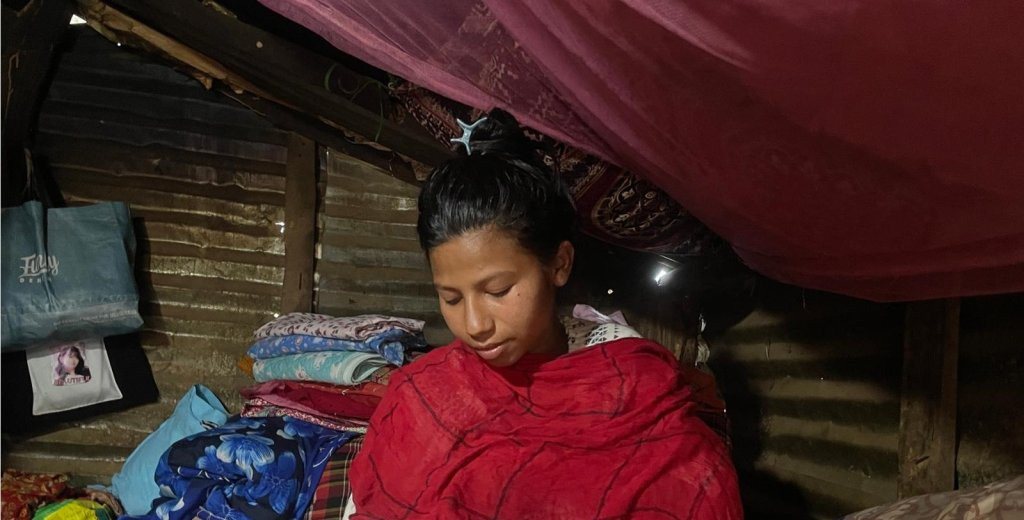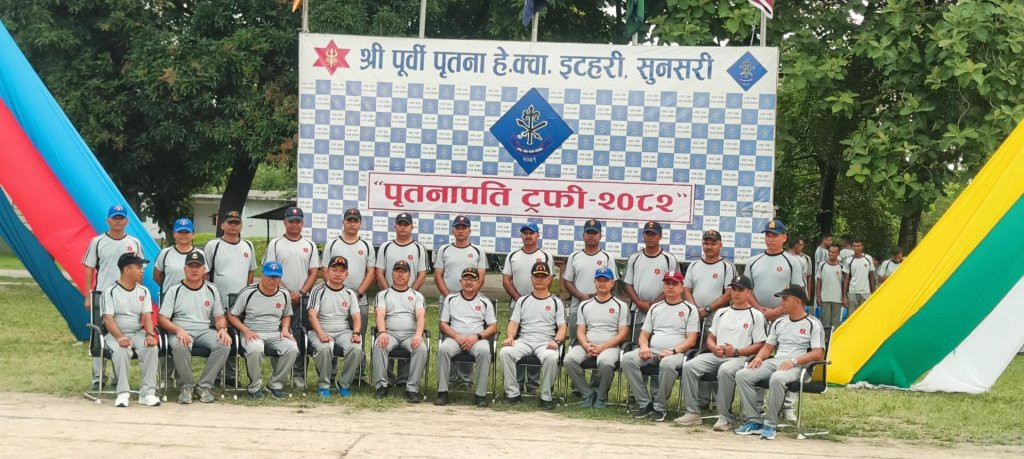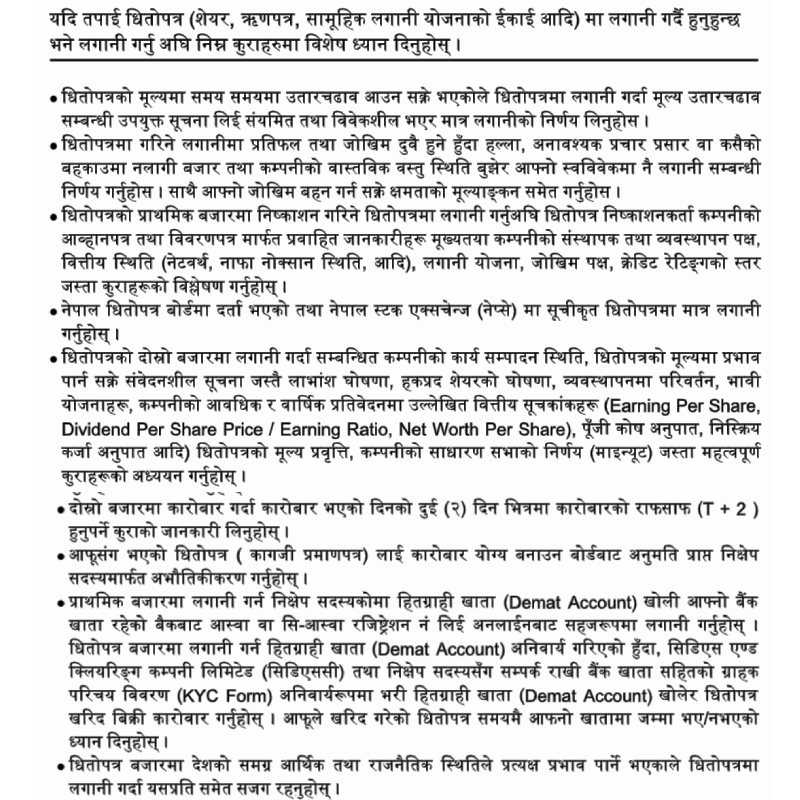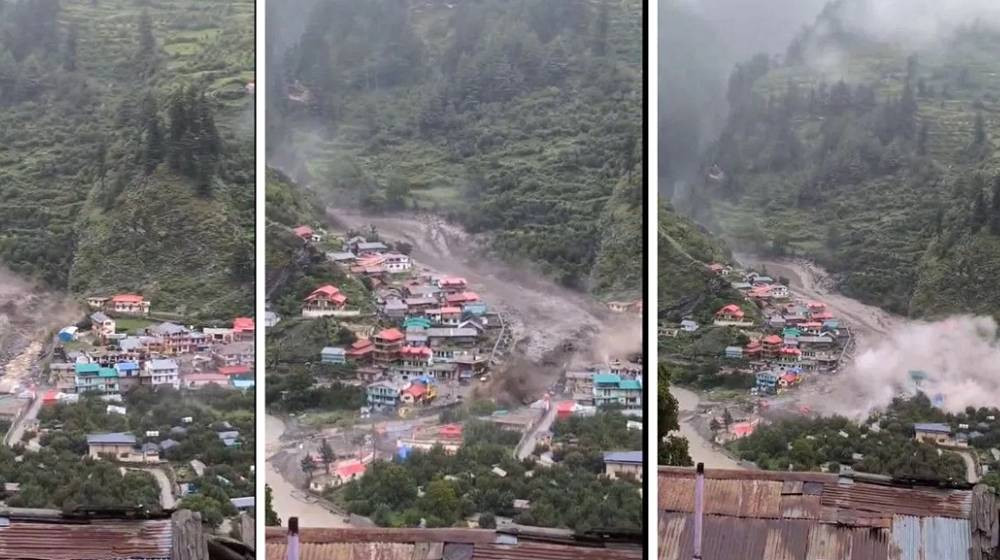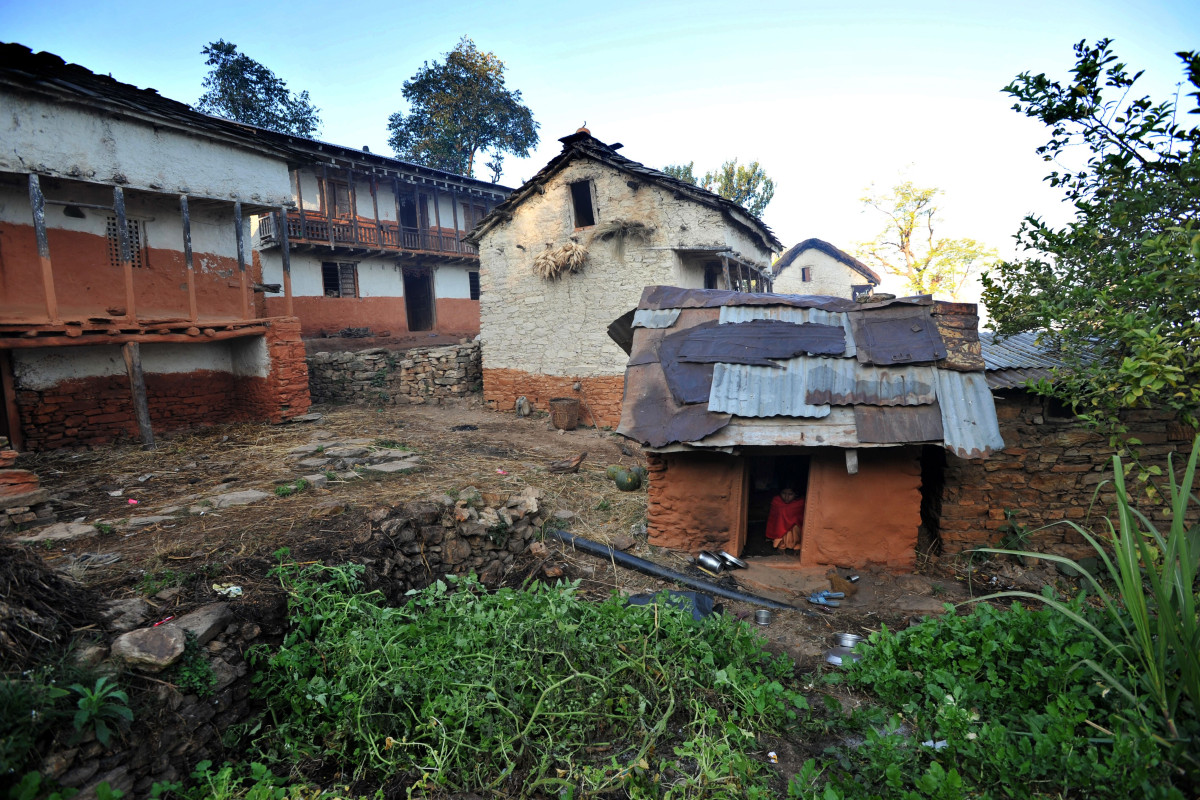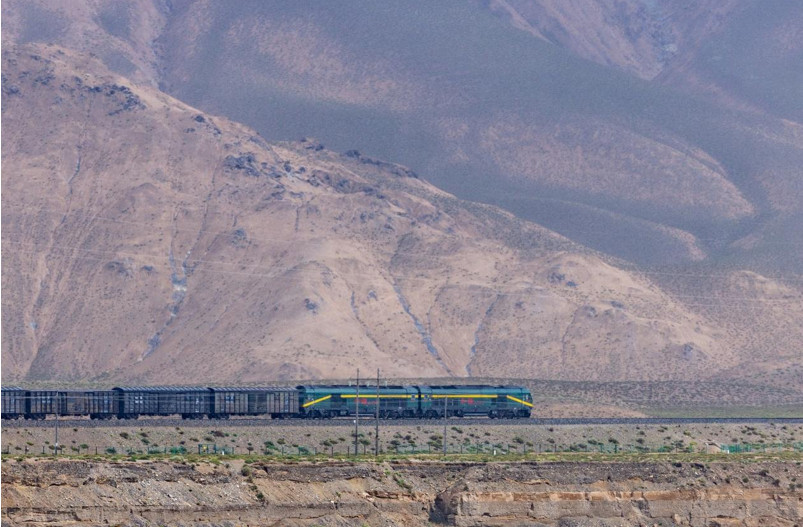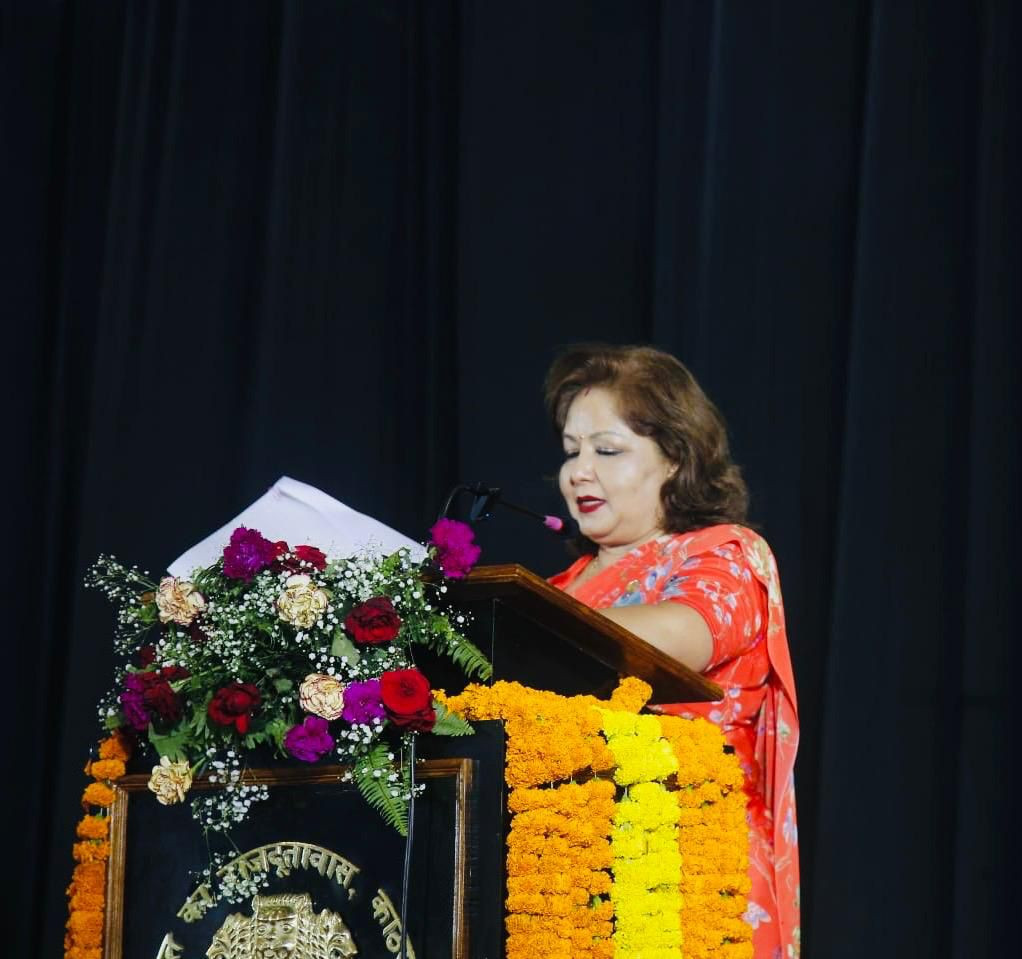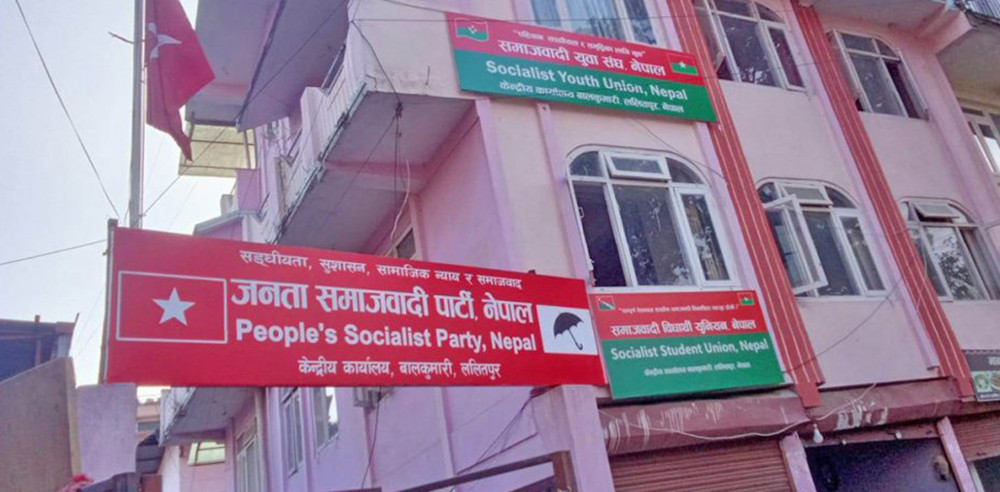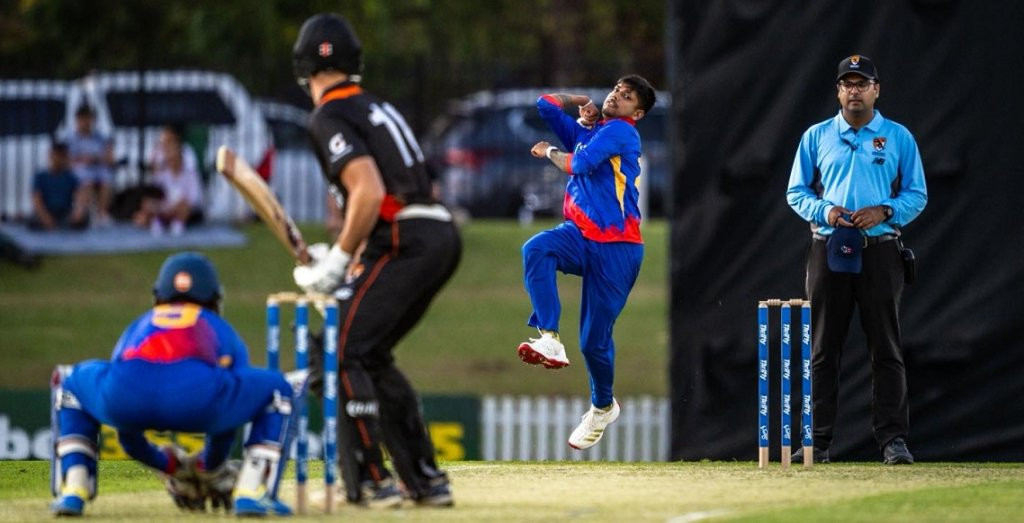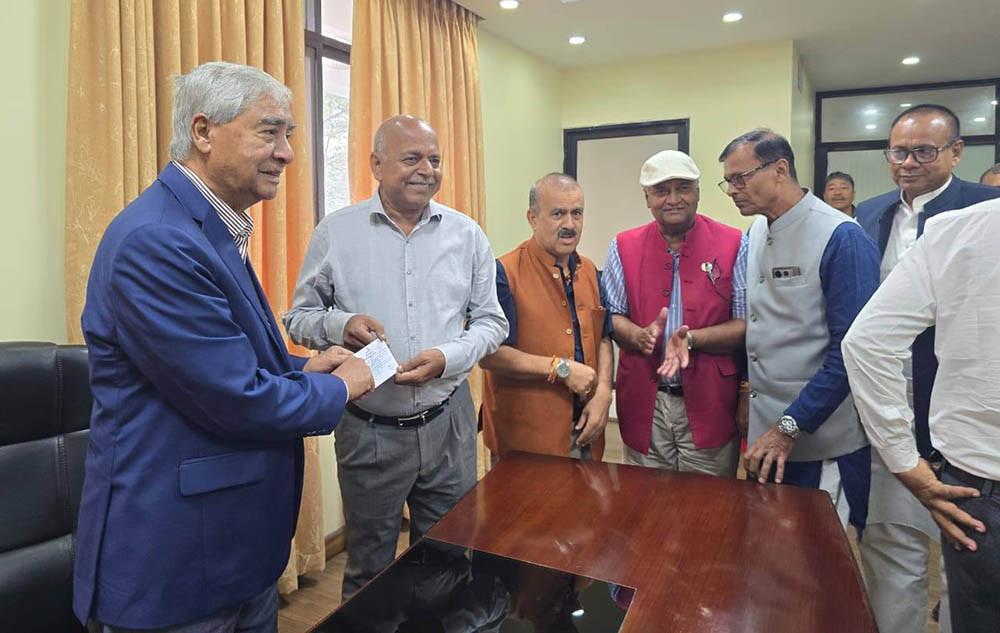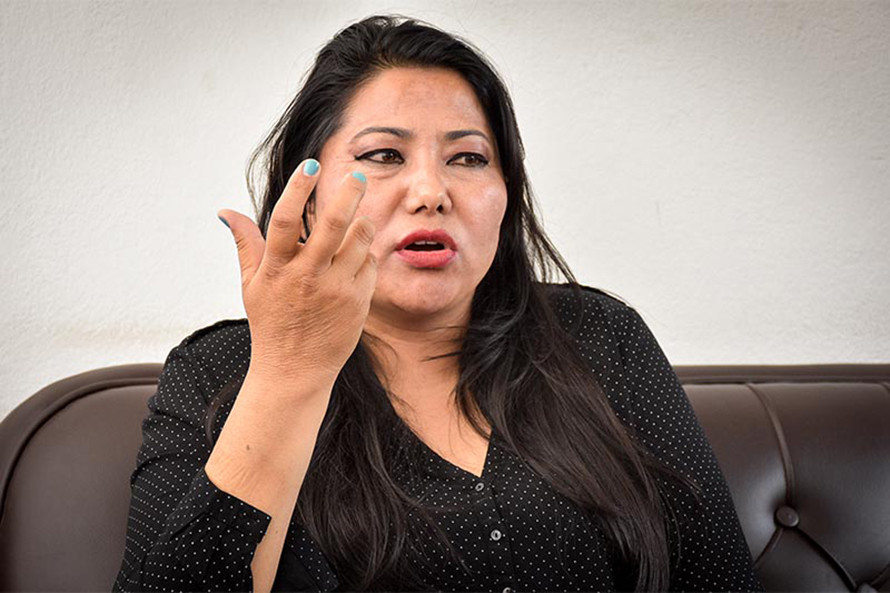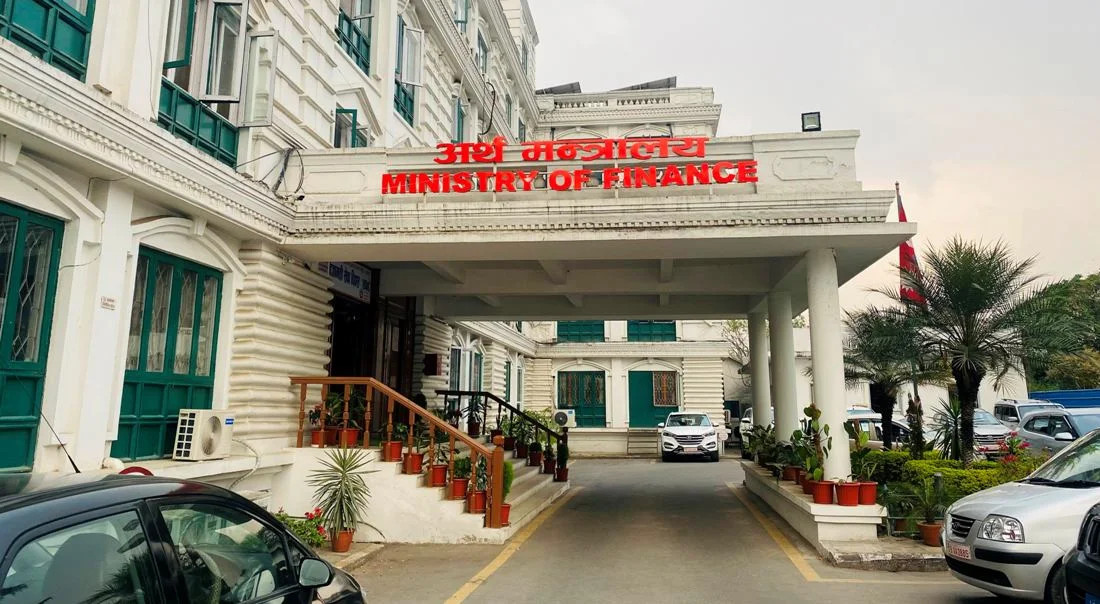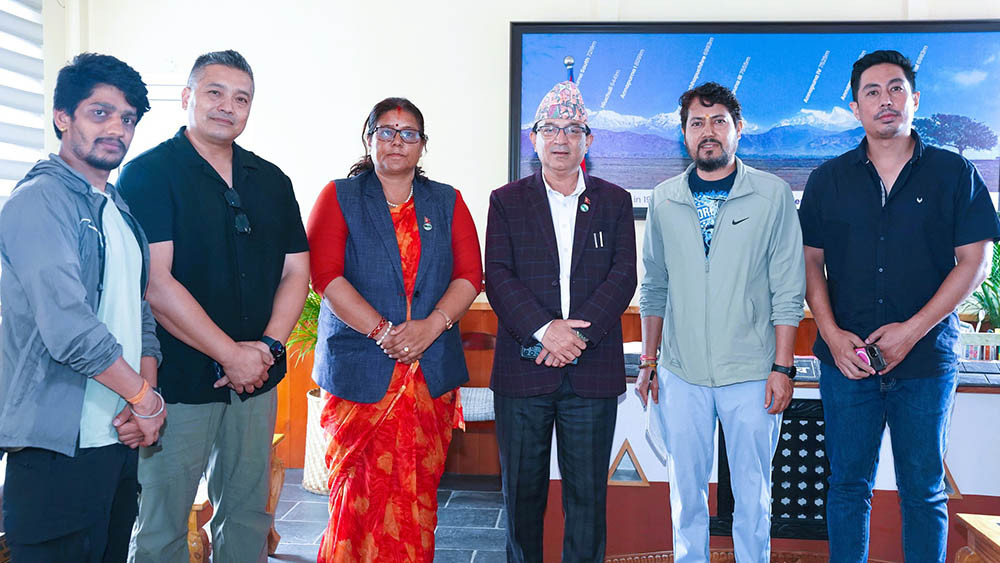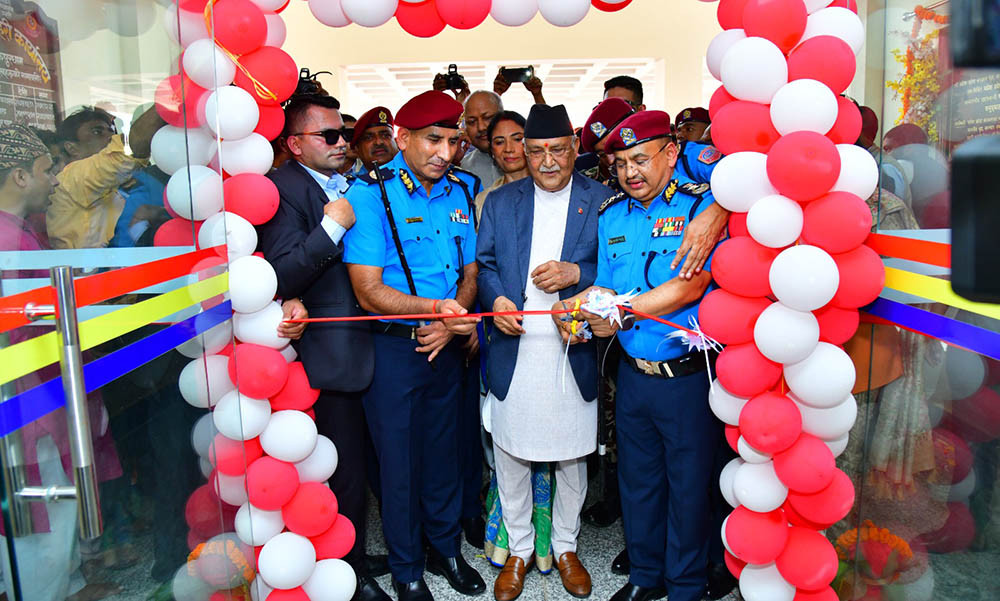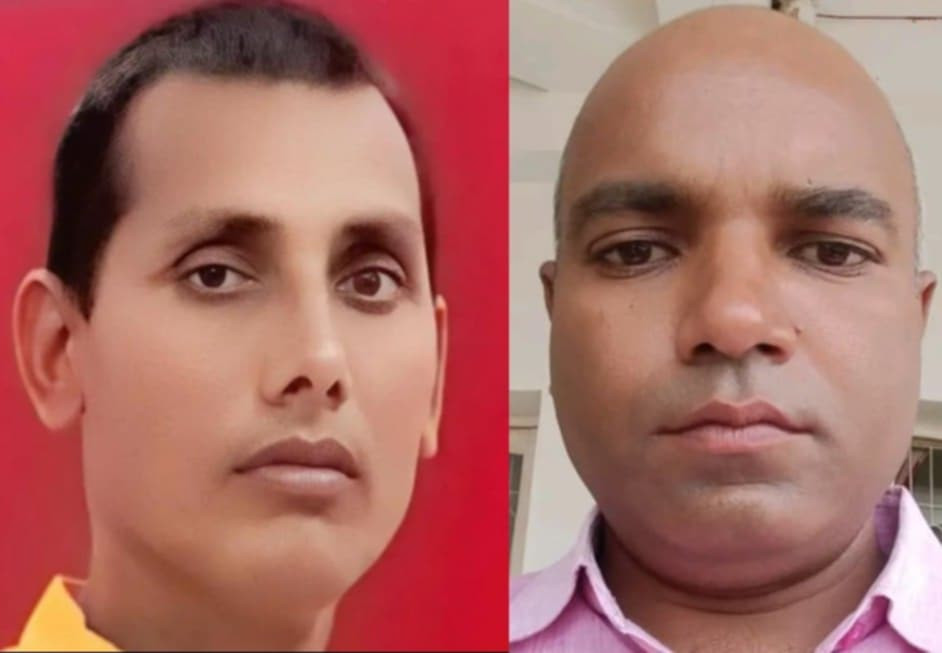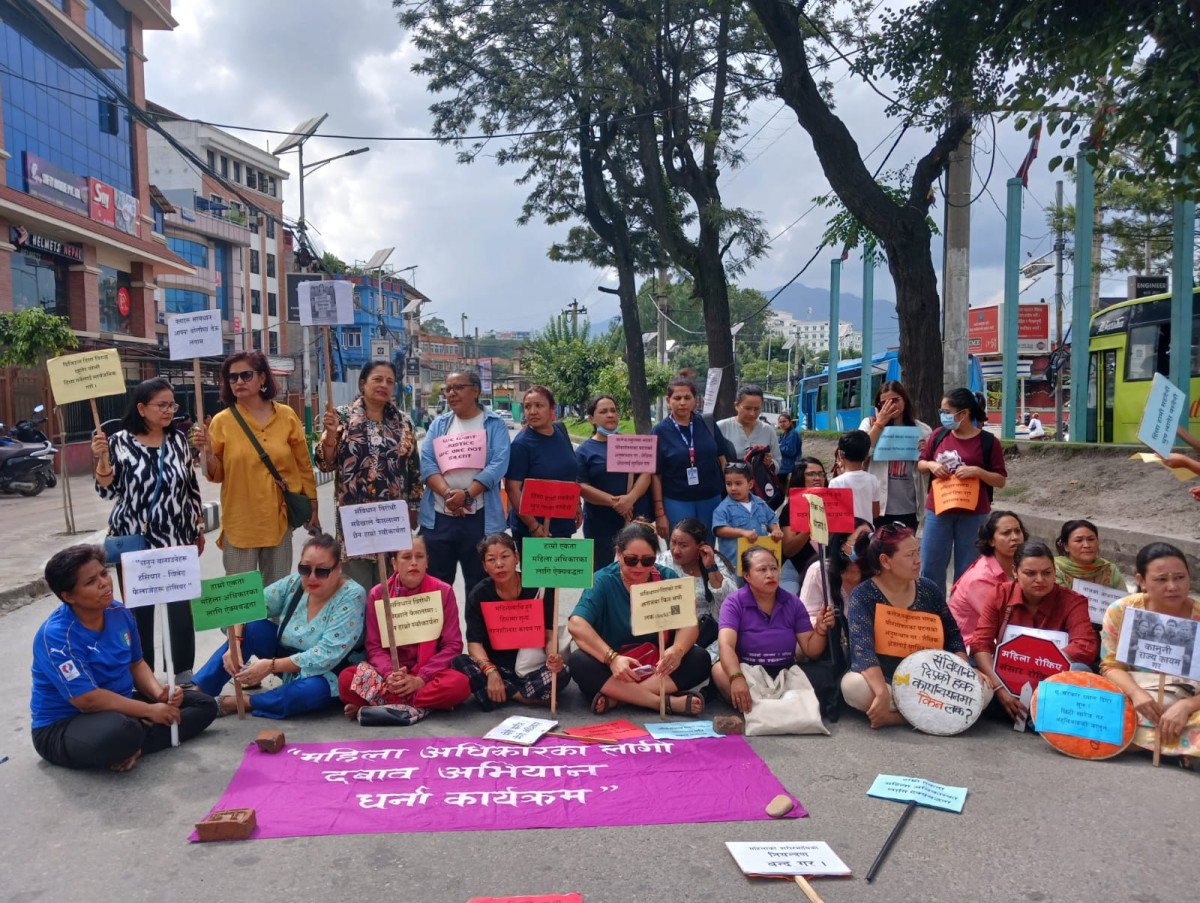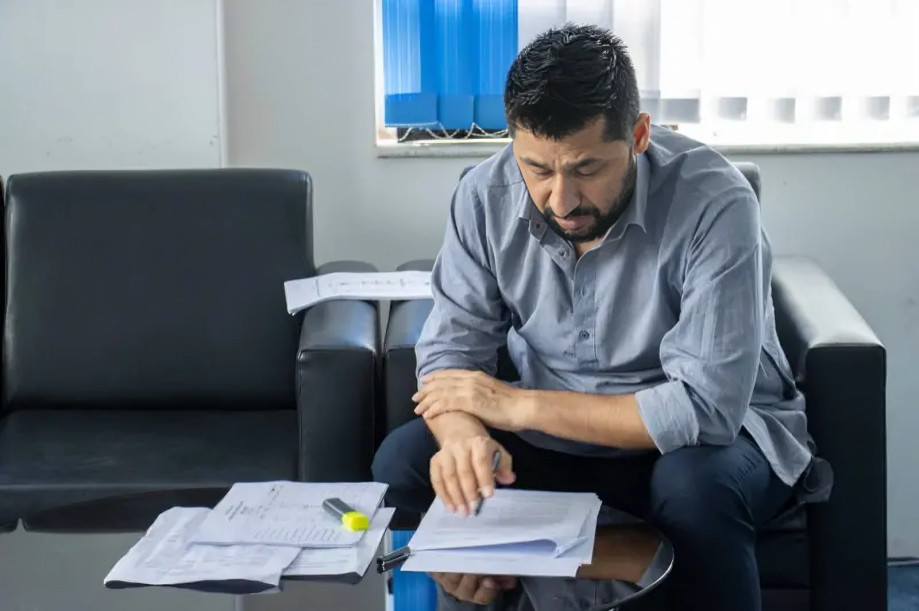High in the mid-hills of central Nepal, where terraced farms trace steep slopes and narrow gravel roads wind through remote settlements, the village of Bungkot long remained tucked away from the global view. But following Nepal’s most devastating natural disaster in recent the 2015 Gorkha earthquake, a young survivor stepped forward from the rubble with a vision as solid as concrete and as far-reaching as the global transport systems he now studies.
Kridip Amgai was a teenager when the earthquake struck, destroying his family’s home and many others across Gorkha, the district hardest hit by the disaster. As aid convoys struggled to reach the isolated highlands, one reality became clear: Nepal’s infrastructure was deeply vulnerable, and its failure during moments of crisis had deadly consequences. While the tragedy left a lasting scar for many, it sparked a lifelong mission for Amgai.

Nearly a decade later, Amgai is thousands of miles from the Himalayan foothills, pursuing graduate studies in Transportation Engineering at Southern Illinois University Edwardsville (SIUE) in the United States. The road from a rural village with limited internet access to a U.S. research institution was uncertain. It required years of academic focus, personal sacrifice, and determined effort to navigate institutional and financial barriers. For Amgai, education was never just an opportunity, it became a responsibility to help strengthen the systems his country depends on.
Raised in a modest rural environment, Amgai’s early education was shaped by scarce resources and a strong sense of self-discipline. He faced familiar rural hardships- unreliable electricity, basic classrooms, and limited access to learning materials- but remained a determined student. His focus and drive led him through Nepal’s highly competitive university admissions system, eventually earning a Bachelor's degree in Civil Engineering from the esteemed Thapathali Campus under Tribhuvan University.
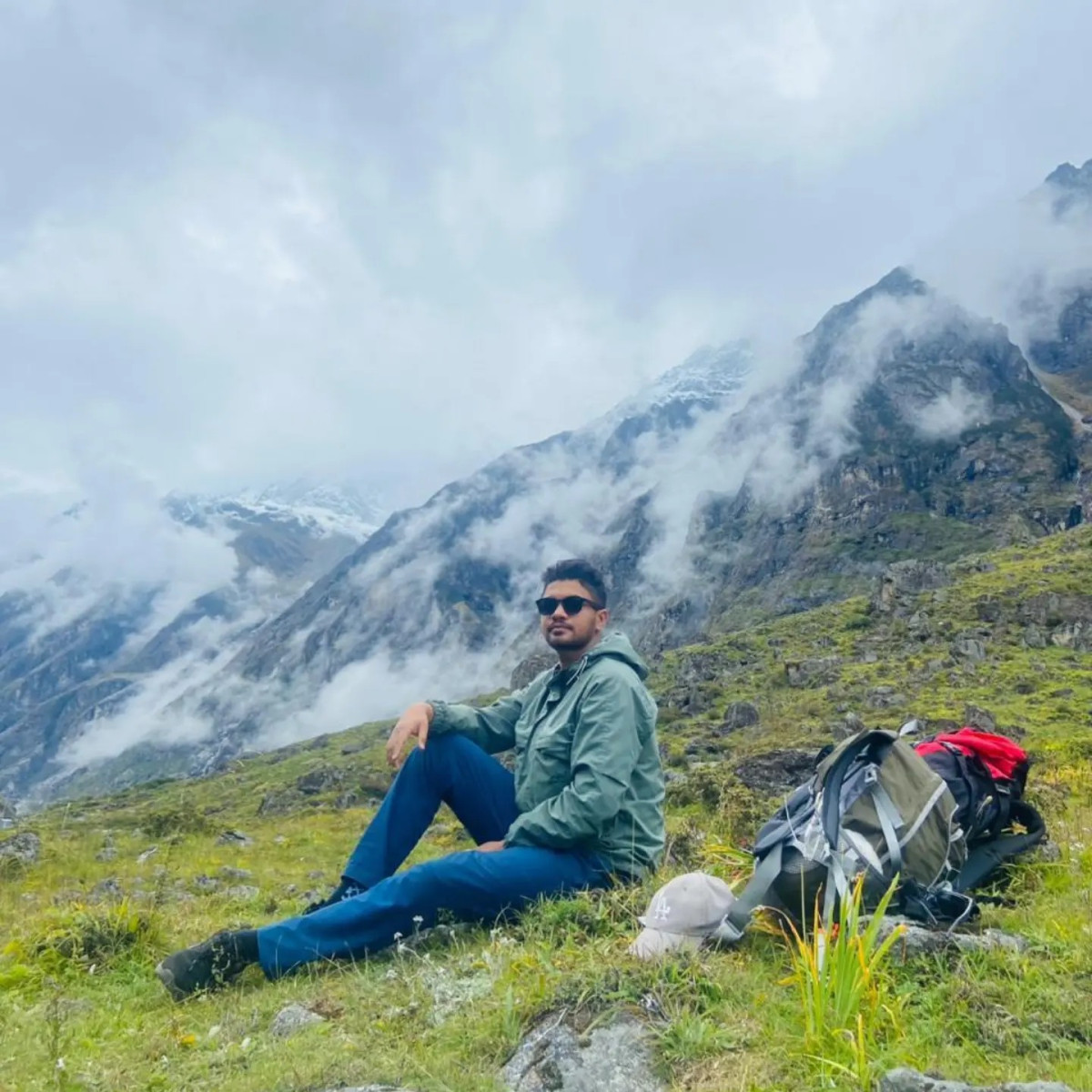
During his undergraduate studies, he concentrated on pavement design, road safety, and the sustainable use of construction materials- issues deeply relevant to Nepal’s mountainous terrain and limited infrastructure investment. His early work on roadway and drainage design projects offered practical insights into how transportation systems could improve public safety and regional connectivity.
Graduate studies in the U.S. opened new dimensions in his academic journey. At SIUE, Amgai is now involved in advanced transportation modeling, performance analysis of pavement materials, and the development of infrastructure systems designed to withstand climate-related stress and seismic risk. His research explores how predictive analytics, resilient engineering, and environmentally sustainable materials can ensure that road networks do more than connect communities- they can also help safeguard them.
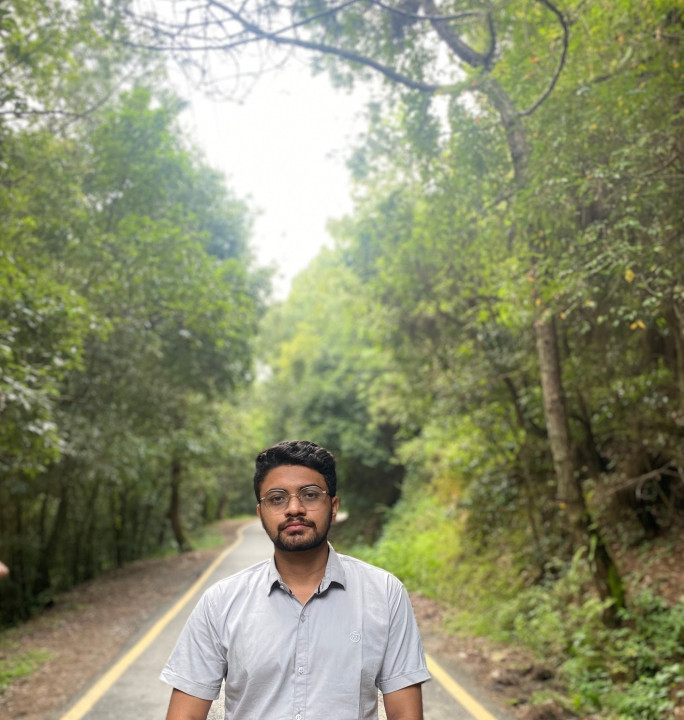
This international academic opportunity marked a turning point in Amgai’s personal and professional growth. Immersed in a global learning environment, he has gained a broader understanding of infrastructure challenges and innovation. Yet his long-term vision remains rooted in Nepal. He hopes to contribute to national development efforts, especially in disaster-prone areas, by helping shape transport systems that are future-ready, inclusive, and built for resilience.
At a time when stories of global migration are often shaped by crisis and dislocation, Amgai’s path offers a quiet counterpoint shaped by purpose, perseverance, and a desire to give back. His journey highlights what becomes possible when determination meets opportunity, and it underscores the potential within underserved communities, where difficult realities often inspire extraordinary resolve.
As countries across Asia and the Global South continue to grapple with climate vulnerability and aging infrastructure, the world will increasingly need engineers like Kridip Amgai- individuals who not only understand how systems are built, but who carry with them a deep, personal understanding of why those systems must endure.


.gif)



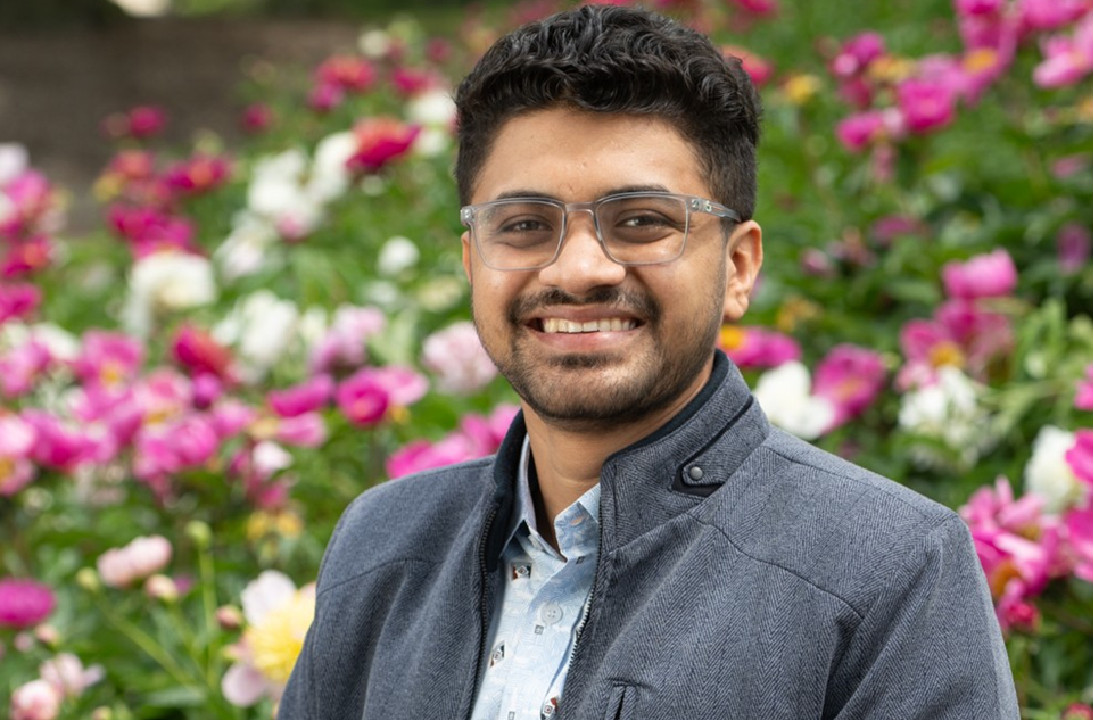


.jpeg)
.gif)






